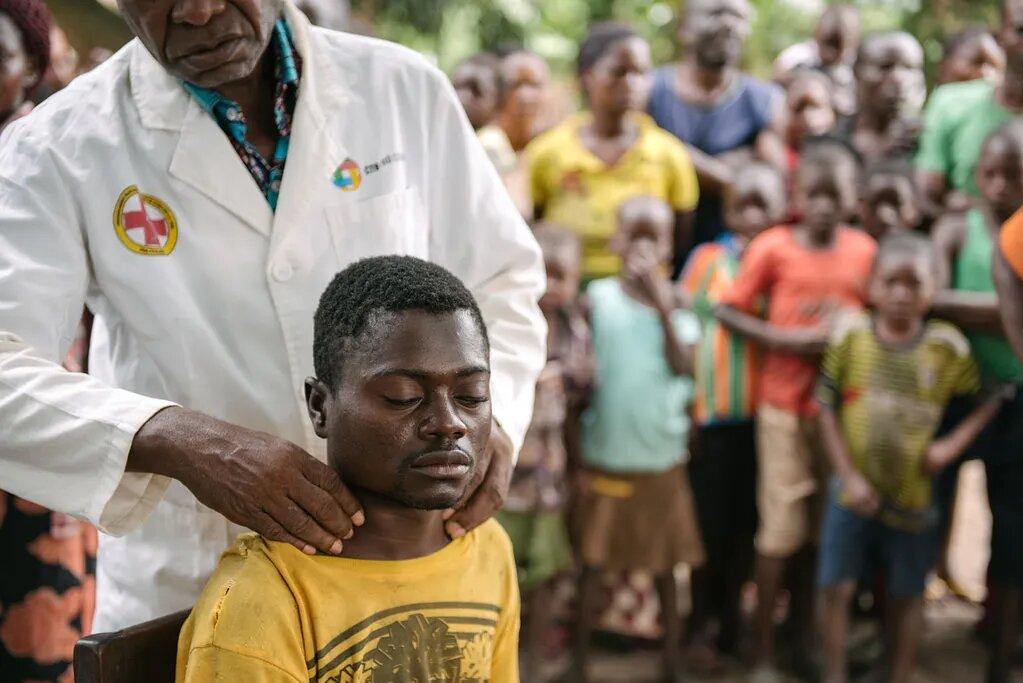Togo becomes first country in sub-Sahara to eliminate sleeping sickness

Togo has become the first Black-Africa nation to eliminate sleeping sickness from its soil. Endemic and little known, this disease is still rife elsewhere on the continent. Notified by the WHO since 22 June 2020, the government welcomes this two months later and communicates on this health success, which occurred at a time of the epidemic.
In Togo, it is a time for rejoicing, two months after the World Health Organization (WHO) notified the elimination of human African trypanosomiasis (HAT), better known as “sleeping sickness”, from the country.
The health victory is all the more considerable as it is the first sub-Saharan African state to have succeeded in eradicating this disease on its territory, the government announced.
In a press release published on 22 August, the Togolese government indicates that it had submitted to the World Health Organization “a file for the certification of the elimination of HAT”.
“This file was reviewed by a group of independent experts convened by the WHO regional office. I am pleased to inform you that based on the evidence produced and the recommendation of these external experts, WHO concludes that Togo meets the criteria for elimination of HAT as a public health problem. I would like to sincerely congratulate you on this outstanding achievement,” wrote Tedros Adhanom Ghebreyesus, WHO Director-General, in the notification sent to the Togolese authorities on 22 June 2020.
HAT is a formidable infection, endemic in black African countries, debilitating, difficult to cure, and always leading to death if it is not treated adequately.

Dr. Badziklou Kossi, a veterinarian, specializing in microbiology, immunology, and entomology, led the HAT control program at the Ministry of Health in Togo. He produced the dossier submitted to WHO and explained that the disease is “a parasitosis caused by the flagellate protozoan Trypanosoma brucei gambiense transmitted to humans through the bite of tsetse flies”.
After the bite, the parasite, which is found in the bloodstream, can take several years to reach the vital organs of sleep, which is why it is called “sleeping sickness”. “The patient can sleep all day for 24 hours without realizing it,” he says.

Before this stage, specifies the Togolese specialist, “there is no specific clinical sign to effectively identify this affection, if not by a sample”. But, he continues, “there are still some suggestive signs or symptoms” to qualify an individual as “sleepy”.
Among the symptoms, Dr Badziklou Kossi cites “fever and long-lasting headaches which do not respond to usual treatments”, for some “the appearance of lymphadenopathy (ganglia) in the neck” and for others “psychic disorders”, provoking aggressive reactions, “just like in mad people”.
“A patient may also present with motor disorders such as difficulty walking, abnormal movements, convulsions, tremors, severe weight loss, and general fatigue. And it is in the terminal phase that we know the real sleep disorder,” he explained.
History of the disease in Togo
In Togo, “the last confirmed case of sleeping sickness dates back to 1996 in the central region. He was referred and then treated at the Mango care center (north),” the government said in its press release.
Available statistics show that 1938 cases were reported in 1940. This is then an average of 755 cases per year until 1946, then 9 cases per year from 1977 to 1984, and only one case per year from 1985 to 1996.
The main outbreaks of HAT were successively “discovered in the regions of the Plateaux (center), Kara and in the savannah to the north”.
Classified by the Togolese Ministry of Health and Public Hygiene among the eleven neglected tropical diseases, the country has waged a merciless war on this disease and got rid of it for the moment as a “public health problem”.
In fact, according to WHO criteria, any disease that is found in less than 5% of the population of a territory can no longer be considered a public health problem. But Togo has done better as no new infections have emerged in more than twenty years, and all research carried out on humans in all areas likely to experience cases has been negative.
Since the neighboring countries are still far from the phase reached by Togo, Lomé does not want to lower its guard after this victory. He assures in a government press release that “surveillance will continue to avoid any resurgence of this disease”.




